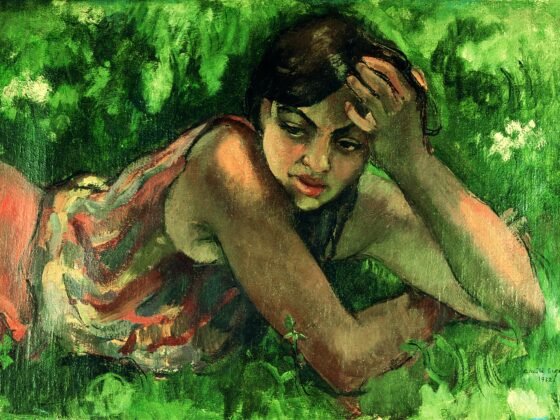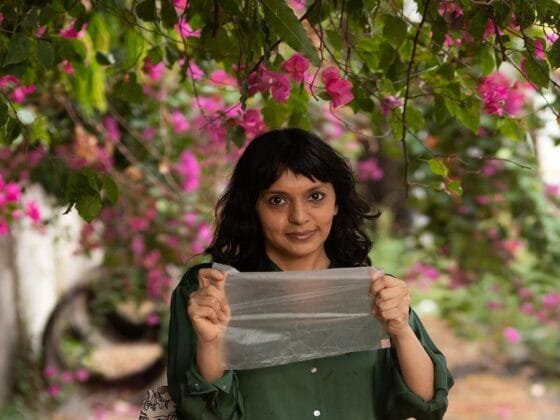Indian Queens That Brought The Revolution With Their Actions
India is a multi-cultural country well-known worldwide for its culture and traditions. However, because Indian society has always been patriarchal, women have been denied their fundamental rights. Historically, men were seen as the family’s primary provider. They were the family’s decision-makers and were in charge of making a living. On the other hand, women were responsible for domestic chores and raising children. They have always been suppressed and confined to the domestic sphere.
Women were not involved in decision-making. However, if we flip back the pages of our rich history, we will find several examples of women rising above men and taking on more enormous responsibilities. Many Indian queens among these women inspired women to recognize that they are no less than men, both biologically and morally. These ladies paved the path for successive generations of women, and as a result, women’s standing in India today is much higher than it was previously.
Abbakka Chowta
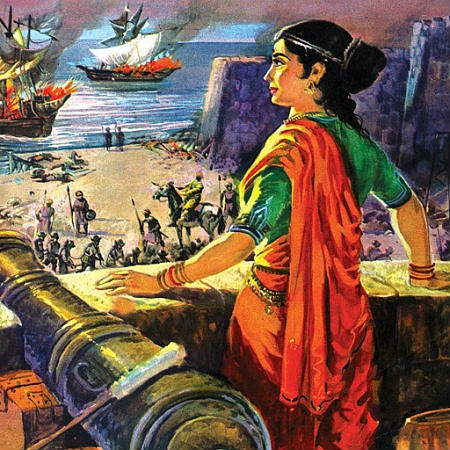
The Portuguese were actively engaged in trading along India’s coast during the sixteenth century. However, their colonialist goals became clear over time, and they gradually began their invading movements. The Portuguese taxed most of India’s western coast traffic as they prepared to push on Ullal near Mangalore Port in Karnataka. That’s how they faced Abbakka Chowta, one of India’s most fabulous queens. Abbakka Chowta ascended to the throne through a matrilineal inheritance system practiced by her Aliyasantana clan.
Before her accession, she was married to King of Banga Lakshmappa Arasa and had three daughters. She remained in Ullal, her capital, however. Rani Abbakka was well aware of the Portuguese danger and first requested a truce. On the other hand, she refused to pay any homage to the Portuguese rulers. The Portuguese were initially cautious of her since she had formed ties with many kingdoms, and her outreach crossed sectarian divides among her citizens. They attacked Ullal several times in a row in 1527, all in vain. In the end, they could only grab it for a short period.
The freed queen reciprocated by invading the Portuguese camp at night and slaying numerous people. The defeated Portuguese then persuaded Abbakka’s resentful husband to refuse her any assistance. After repeated attempts at treachery failed to defeat the queen, the Portuguese mounted a surprise attack with a massive force in Ullal in 1570. Abbakka Chowta charged into battle but was severely damaged and captured. She fought on in imprisonment until she died. After her death, her daughters carried on her fight against the Portuguese.
Begum Hazrat Mahal
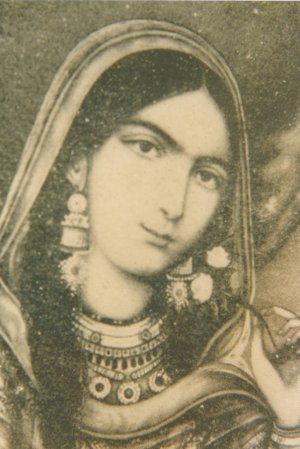
The last monarch of Oudh, Wajid Ali Shah, was famed for two things: poetry and being forced to abdicate his throne by the British. However, Hazrat Mahal is the most well-known of his wives since she opted to defy the colonialists. She crowned her son heir to the throne, governed as queen, and beat the British, who captured Lucknow. Despite this, she was not born into royalty. She was born Muhammadi Khanum, a courtesan who was sold to the royal harem and rose through the ranks to become one of Wajid Ali Shah’s queens.
She was given Hazrat Mahal’s designation because she was both beautiful and clever. She swiftly rose to prominence in the court. Soon after taking over as queen, she collected her forces and defeated the British at the Battle of Chinhat in 1857. The British were compelled to return and hold Lucknow Residency.
The British promised her limited control over Oudh’s affairs while retaining their claim to suzerainty. Hazrat Mahal disagreed, leading a group of supporters, including peasants, to revolt against the East India Company. British forces eventually defeated her in 1859, and instead of surrendering, she escaped to Nepal. She died in 1879 after spending her final years in Nepal protesting the British empire.
Rani Avanti Bai

There are many similarities between Rani Avanti Bai of Ramgarh and Rani Laxmi Bai in the neighboring region of Jhansi. There are many parallels in the tale arcs of their individual lives. They were not born into royalty and later married kings. Due to peculiar circumstances in their families, each assumed kingship. Both died fighting to maintain their respective states free from British rule. There were, however, distinctions. Avanti Bai was born into the Lodhi clan, which was at the bottom of the caste system. Contrary to Lakshmi Bai, she was not a widow or without children. The British, however, pronounced her husband, King Vikramaditya Singh, crazy and her two small boys ineligible to inherit the crown.
Taking vengeance on the British, Avanti Bai dismissed the Ramgarh administrator and claimed control over the monarchy. She quickly summoned the neighboring kings and gathered a four-thousand-man army. She engaged the British forces in warfare near Mandla, defeating but not killing the leader. Screaming from defeat, the British retaliated with a massive force, against which she battled valiantly.
After realizing that everything she owned was about to be taken away, she fell on her sword and committed suicide. Even when she was dying, she refused to reveal the identities of her supporters.
Velu Nachiyar
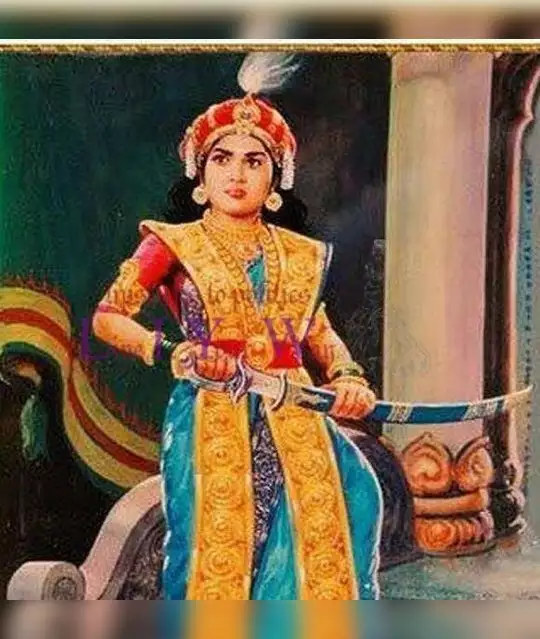
The first Indian queen to oppose the British was Velu Nachiyar. Her father was King Ramnad of Ramnad in Tamil Nadu, and she was his only child. In the absence of brothers, she was raised like a prince, including instruction in martial arts and armaments. The British had just recently begun their invasion of India via the East India Company. After they succeeded in pushing out the French colonialists, they received help from the Nawab of Arcot, Muhammad Ali Khan Wallajah, and the Sultan of Mysore, Hyder Ali.
During the 1772 battle between the British and the French, Velu Nachiyar was married to Muthuvaduganathaperiya, the King of Sivagangai. After the battle, she fled with her daughter. A few months later, the queen and Hyder Ali arrived in 1780, just when things looked up for the British. A massive army accompanied them that she had raised while hiding. She had discovered where the British kept their ammo and burned it down in a suicide attack in which her army leader Kuyili burnt herself to death in the stockpile. Her adopted daughter Udaiyaal, acting on her orders, blew up the British armory in another suicide strike.
In remembrance of Udaiyaal, she organized a women’s army. Even after experiencing repeated failures, she persisted and managed to capture Sivagangai. She then imprisoned Wallajah, who was eventually released to the British in exchange for Sivagangai’s independence. In Sivagangai, Velu Nachiyar reigned without interruption for the next decade until she died in 1790. She is widely recognized as Veeramangai, which is Tamil for “brave woman.”
Rani Lakshmi Bai

Rani Lakshmi Bai, also known as the Rani of Jhansi, is one of India’s best-known female monarchs, and she was a crucial figure in the 1857 Revolt. Manikarnika, also known as Manu, was Lakshmi Bai’s full name. She was born to Brahmin Marathi parents. Manu’s mother died when she was an infant, leaving her father Moropant to raise her. He was an employee of Peshwa Baji Rao II of Bithur. Moropant is supposed to have subjected Manu to severe physical training after astrologers informed him that his daughter would fulfill a noble destiny. She was a skilled military leader groomed in battle since she was a child.
Her name was changed to Lakshmi Bai after marriage to the King of Jhansi, Gangadhar Rao. She was soon widowed and a victim of the terrible “Doctrine of Lapse” after she was unable to produce a living son. In defiance of the ideology, the queen adopted Damodar Rao as her son and ascended her husband Gangadhar Rao Newalkar’s throne. As a result, she revolted against the East India Company and demanded their acceptance of her adopted son. Several female mutineers joined her, including Jhalkari Bai. She did not do much administration; instead, she fought alongside her army against the massive British armies who came to capture Jhansi.
She is regarded highly among the Indian queens who brought about revolution via their actions. She was martyred on the battlefield in Phool Bagh, Gwalior, in 1858, after multiple triumphs and escapes. Her insurrection was one of the most crucial incidents of the 1857 Rise of Nationalism, paving the stage for India’s revolutionary movement.
Conclusion
Different historical examples demonstrate that women have flourished spectacularly in every discipline when given the proper assistance. Even Indian queens have played various roles, including Queen, Mother, Warrior, and many others. Women are also seen as the backbone of a family. They are responsible for various tasks, ranging from household chores to child-rearing. This explains why they succeed at multitasking. Therefore, by drawing inspiration from these great female role models, women of today can learn a lot and aspire to establish a strong nation.

 Add to favorites
Add to favorites





